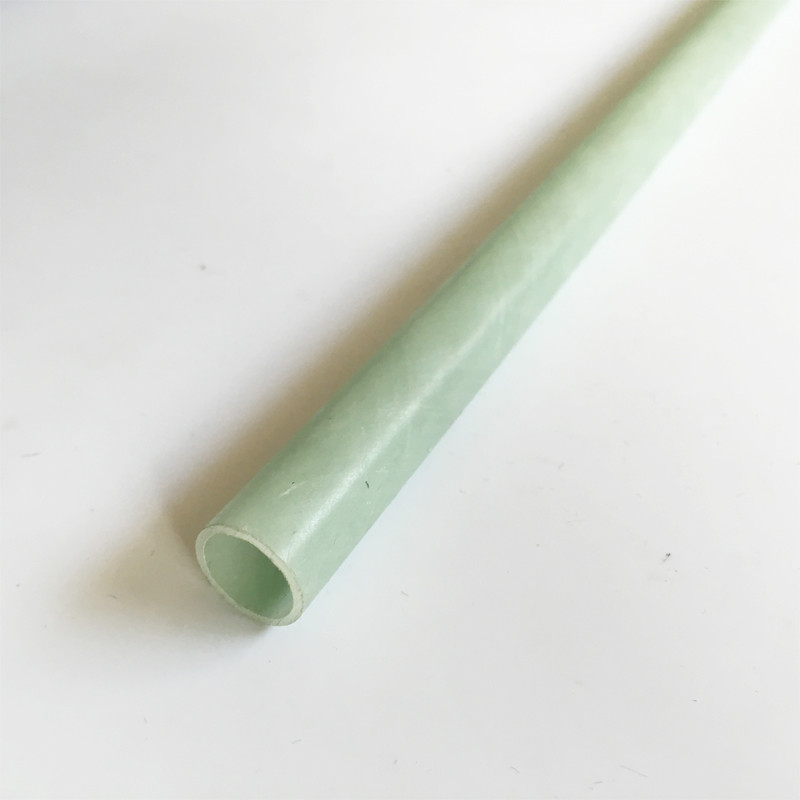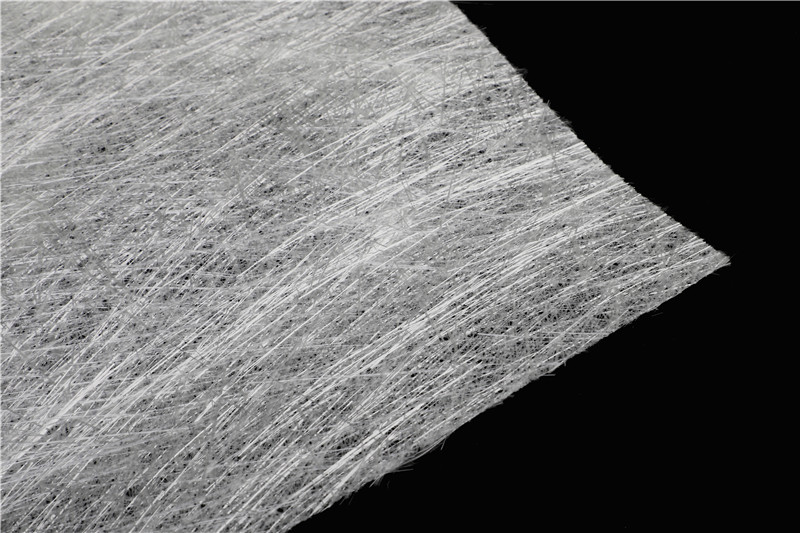Dear James: I have an old house with plaster walls and many cracks that need to be repaired. How can I fix these so they stay fixed and are invisible? — Julianne T.
Dear Julianne: Many older houses were built before drywall panels existed, so plaster was one of the few interior wall options. Since your house obviously is old, it has probably settled as much as it ever will, and the repaired cracks should not crack again. Crystal Clear Epoxy Resin

Even with some cracks, plaster is still my preferred wall surface. It is a harder surface and resists water much better than drywall. This makes it more washable and easier to apply and remove wallpaper. It is also denser to minimize noise between rooms.
If you have plenty of time and you are not averse to a messy room for a few days, you and your husband should be able to repair most of the cracks. It is possible, when using certain joint compounds, to finish the entire job in one day, but don't bet on it.
Plaster, being a very hard material, will crack when the wooden structure beneath it flexes. Many of the cracks probably start from the corners of windows or doors. Although you can fix these spots, they are natural stress relief areas. Over time, small cracks may reappear.
The quality of your repair job will determine how many years it will be until some of these cracks reappear. Trying to control the year-round humidity level inside your home will help stabilize the structural lumber and minimizing additional cracking.
The proper method to repair these cracks in the plaster is not unlike finishing drywall seams. Some people recommend widening the crack and then filling it with compound. This is usually just a short-term fix because the wall or ceiling will continue to flex at that spot and crack again.
The best crack repair procedure involves laying fiberglass joint tape over the crack and finishing it with joint compound. If you are really energetic, you can apply large sheets of fiberglass mesh over the entire wall or ceiling and then finish them with a plaster skim coat.
To fix a crack, sand the area over it. Sand an area slightly wider than the width of the fiberglass mesh joint tape. Although this step is not absolutely necessary, it does recess the area slightly. This makes it easier to eliminate a hump at the repaired spot.
When repairing plaster walls, use a professional type of dry powder joint compound (mix with water when you use it). Ready-mixed joint compound in a tub is quick to use, but it may not adhere to the plaster as well as the professional dry type. It is also more prone to scratching because it does not dry as hard.
Since the dry compound is usually a professional product, you may not find it at most home centers. Try building product supply outlets or contact these manufacturers for local outlets: Domtar Gypsum (800-366-8274), Georgia Pacific (800-284-5347) or USG (800-874-4869).
Some compounds get hard within 30 minutes after they are mixed with water. This is ideal for an experienced builder. For most do-it-yourselfers, select a slower-setting mixture that gives you an hour or two to work with it.
First, apply a 1/8-inch layer of the joint compound over the crack. Press a strip of the fiberglass mesh tape into the compound. Run a drywall knife over the tape and scrape away about half of the compound. When this is set apply thin second and third coats of compound, spreading them smooth. Using a rubber float, trowel the final coat smooth just before it sets.

Carbon Fiber Clothes Designed and developed by New & Co.